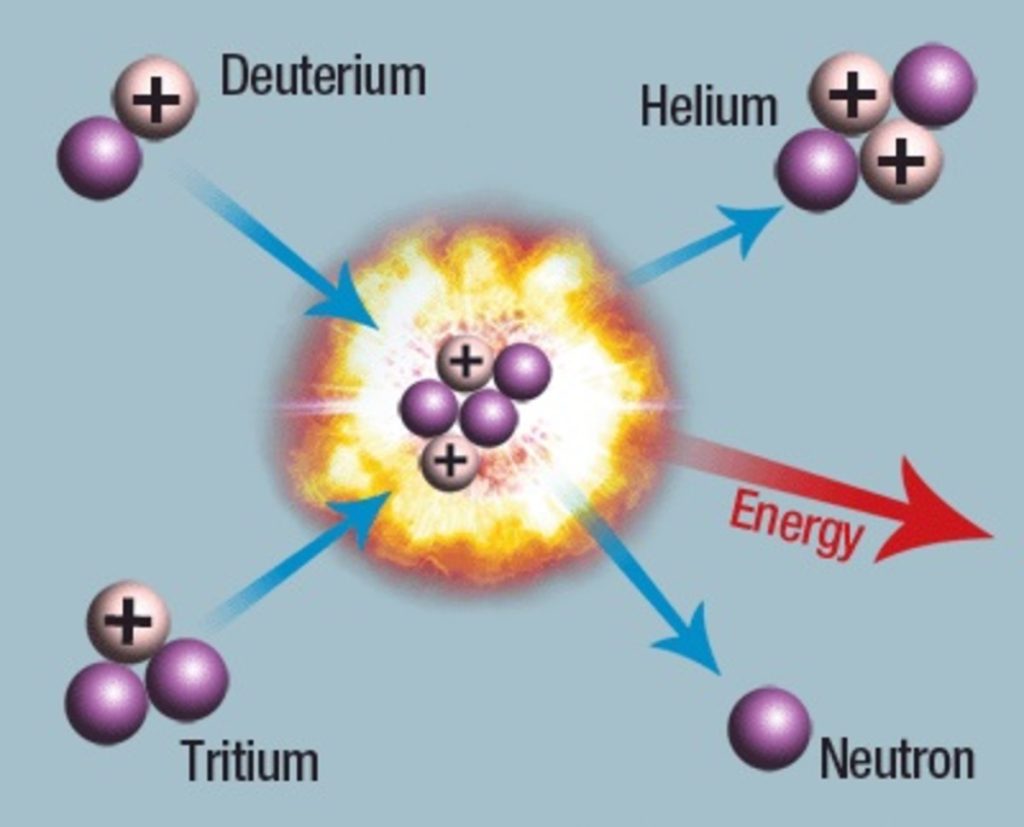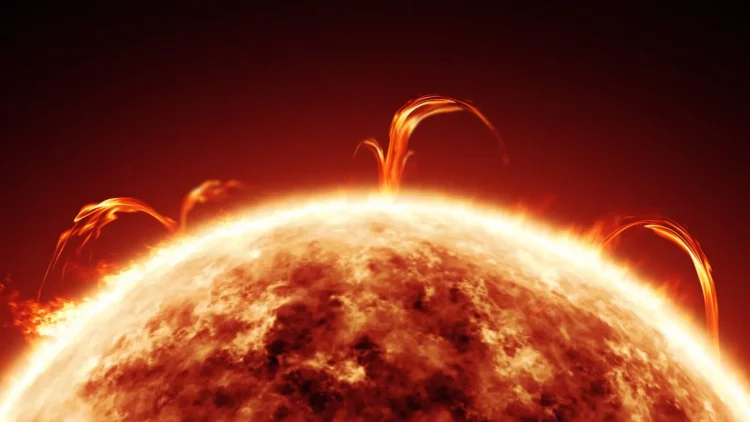The Timeless Celestial Beacon
Day after day, year after year, the same sun rises, tirelessly illuminating our Earth, painting life in vibrant hues across the globe. Its constancy has fostered a world teeming with color and life. Throughout human history, the sun has commanded our reverence, an unsurprising fact given that every facet of our existence is intimately tied to this celestial body. The ancients, recognizing its paramount importance, deified the sun without exception. Our fascination with the sun has persisted unabated, with modernity only deepening our quest to unravel its mysteries.
The Sun: A Colossal Furnace
The sun, a mammoth sphere of fire, dispenses warmth from its distant abode, a reminder of our connection to the cosmos. The Earth basks in a mere fraction—about one two-billionth—of the sun’s total radiant energy, a testament to its immense power, with a total radiative output of 3.83×10^26 joules per second. The sheer magnitude of this energy provokes boundless speculation: What kind of cosmic furnace could sustain such a blaze, and what fuel could possibly feed it? It wasn’t until the discovery of nuclear fusion that humanity could claim a reasonable explanation for this stellar phenomenon.
Unraveling Solar Mysteries
Probing the secrets of the sun is no easy task. Its remoteness and inaccessibility, coupled with the sheer challenge of looking directly at it, leave us to infer its nature from the radiation it emits. In the 1930s, physicists and astronomers, using the physical theories of the time, constructed various models of solar nuclear fusion. It was Hans Bethe’s model that eventually gained widespread acceptance, later refined into the standard solar model, earning him a Nobel Prize. According to this model, several types of nuclear fusion reactions occur about 700,000 kilometers beneath the sun’s surface, where temperatures soar to 15 million degrees Celsius. The reactions that take place in this inferno eventually manifest as the sunlight we observe.
The Model: An Intellectual Construct
As perfect as this model may be, it remains a construct, an intellectual approximation of the sun’s inner workings. The photons generated in the sun’s core are so altered by collisions and absorptions by the time they reach the surface that they bear little resemblance to their original state. The model predicts that during the fusion of four hydrogen nuclei into one helium nucleus, energy is released along with two positrons and two neutrinos. Neutrinos, elusive particles that rarely interact with matter, are said to escape the sun’s core almost unimpeded and reach Earth in mere minutes. Capturing these solar neutrinos would provide indirect validation of the model, a challenge that has long puzzled experimental scientists.

The Neutrino Quest
American scientist Raymond Davis Jr. took on this challenge by placing a gigantic tank filled with 615 tons of tetrachloroethylene deep within an abandoned gold mine in Homestake, South Dakota, patiently awaiting the arrival of neutrinos. Davis’s vigil lasted 30 years, during which he detected only about 2000 neutrinos. Nonetheless, this monumental effort provided proof that nuclear fusion from hydrogen to helium indeed occurs within the sun.
Contemplating Solar Origins and Destiny
The complexity of verifying hypotheses about the sun’s origin and destiny is staggering, involving reconstructions of the distant past and predictions of a barely conceivable future. Scientists have drawn upon existing knowledge to chart a possible trajectory for the sun’s lifecycle, despite varying outcomes from different calculations. These bold assumptions are part of the scientific process, which allows for continuous refinement as further evidence is sought. The pursuit is arduous, but human rationality is persistent.
Our Inextricable Bond with the Sun
Despite having a suitable solar model, our understanding of the sun remains incomplete. Solar phenomena like sunspots, magnetic field fluctuations, and coronal temperature anomalies elude full explanation. The composition of the sun is still debated, with different calculations yielding different results. This uncertainty makes accurate reconstructions of the past and predictions of the future challenging. While we may find indirect evidence for the past, verifying future predictions may be a task for more adaptable, intelligent beings that could inhabit Earth in the distant future.
The Sun’s Unchanging Course and Humanity’s Evolving Understanding
Our dependence on the sun grows ever more profound, and our relationship with this stellar giant becomes increasingly complex. In a world where solar flares can disrupt modern life, the sun’s every whim has a tangible impact on us. The future may hold drastic changes in solar radiation, leading to cataclysmic floods or ice ages on Earth. As we continue to describe and study the sun, fulfilling our intellectual curiosity, one wonders how our perception of this celestial body will evolve with our growing knowledge and vivid imagination.


















































Discussion about this post